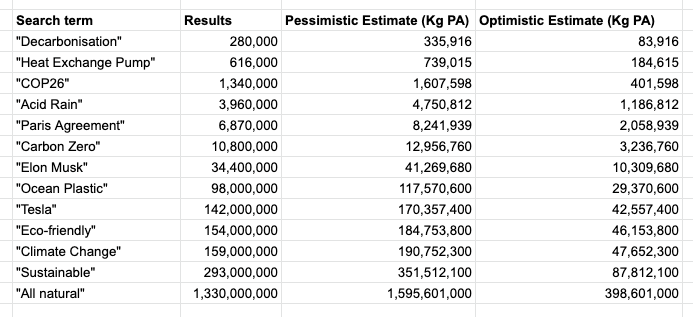There’s only one thing worse than greenwashing - green bull****ing.
I can’t express in a work-friendly email how angry these LinkedIn posts, and Instagram Videos, and Twitter shorts make me. Pointless, vapid little rectangles of nonsense that I somehow keep watching.
I’m thinking about auto-playing Facebook videos which claim there’s now more plastic in the ocean than there are fish, or a LinkedIn post about the Gobi desert being able to produce enough electricity to power Europe.
These videos aren’t just wrong, they are green bull****. The content isn’t incorrect, in fact they say nothing at all - while giving the appearance of being important and meaningful.
The great philosopher Harry Frankfurt opens his seminal essay ‘On Bull****’ with the line:
One of the most salient features of our culture is that there is so much bull****. Everyone knows this
Published in 2005 and written before that, this comment long predates the guff we see on ubiquitous ‘social’ ‘media’ platforms.
While some companies are serious about decarbonisation, and others engage in a serious attempt to puff up their green credentials through donations, ad campaigns and minor adjustments - neither are as bad as green bs.
At least Greenwashing takes the carbon disaster seriously by doing the bare minimum and aggressively advertising these meagre actions. On the other hand, Green bull****ing is massively counterproductive by letting audiences think that they can ‘like, share and subscribe’ their way to change - and by promoting dangerous, unhelpful ideas and narratives.
Not only that, but each video definitely produces decent amounts of carbon just by existing and being occasionally watched. So, let’s work out how much carbon these green BS videos actual produce in a year.
My method shall be:
How many video results come up on a google search for a particular ‘green’ phrase.
Apply Sturgeon’s Law: ninety percent of everything is crap. Multiply by 0.9.
Assume average video is 30 seconds long and is watched 100 times. Seems like reasonable numbers
Apply a pessimistic and optimistic calculation for CO2 per minute of video streamed. Source for pessimistic. Source for optimistic.
Results:
For reference, I thought I’d try the same thing on some non-green search terms and see how they stack up.
The standard yard stick for carbon emissions is, and always should be, one a flight from New York to London - around 600 kg of CO2.
With around 2000 transatlantic flights per year, these numbers are actually pretty significant - especially for some of the more spurious search terms.
There’s a common trend connecting the search terms and their carbon footprint: serious subjects contribute less, fluffy badly defined terms contribute more.
So, next time you start watching a nice little ‘sustainability’ video with happy, major chord, royalty-free music and stock drone footage - think before you stream!
P.S. Substack is genuinely not as bad for the environment before you accuse my of hypocrisy
P.P.S. Individual actions can’t avert carbon-induced climate change without global change brought about by government regulation and investment. It’s a hallmark of these bs videos to claim we can switch to metal straws and get to net-zero and I don’t want you to think I’m encouraging that mindset. Personal contributions are important but lobbying for government change is essential.





